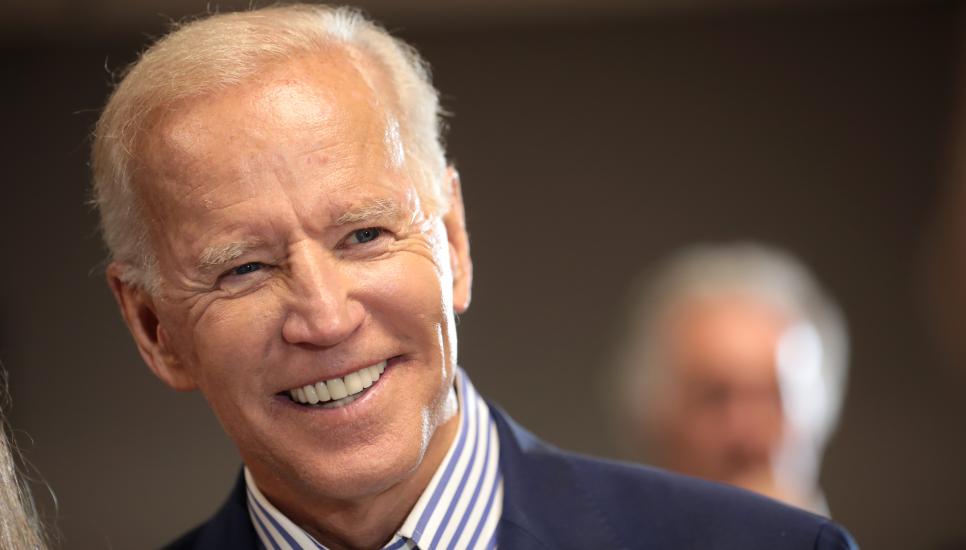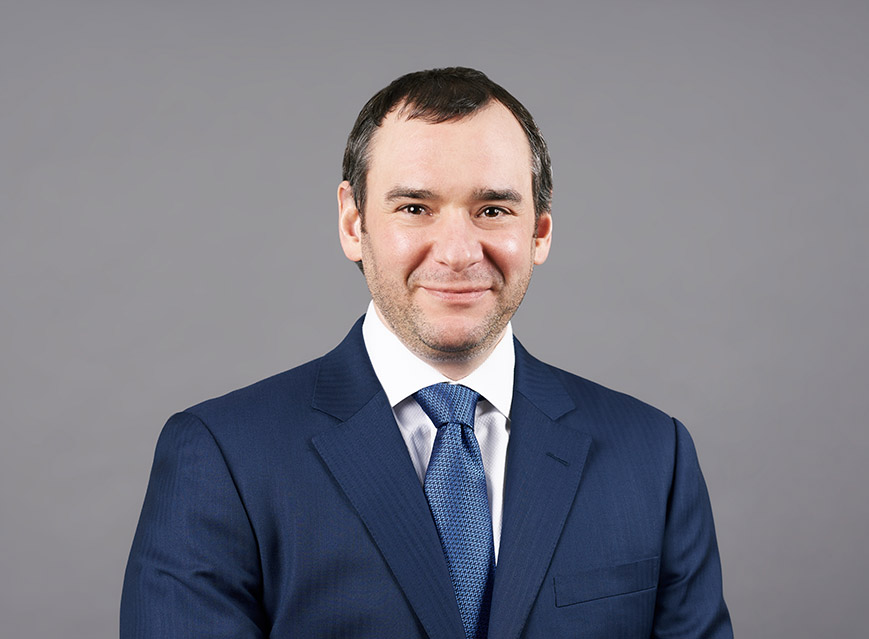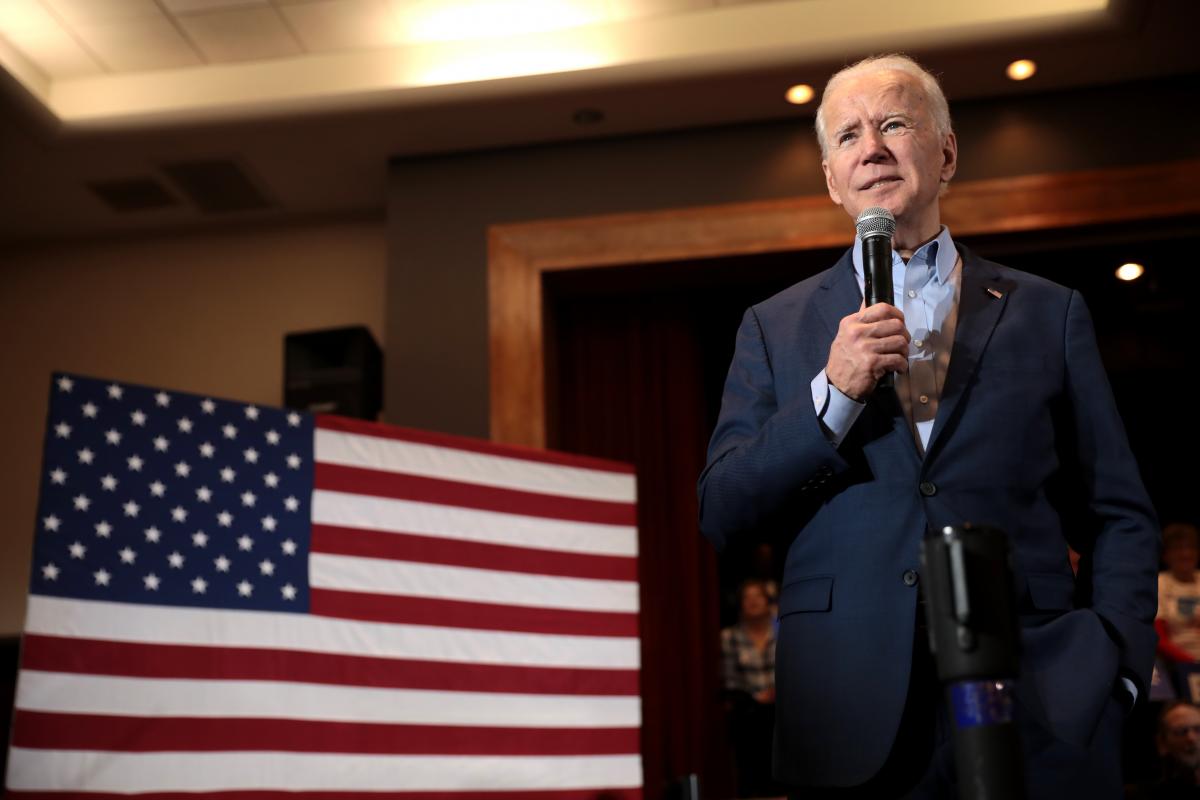What have Joe Biden's first 100 days meant for families?

We see both positives and negatives to President Biden's proposals. It all comes back to a family’s balance sheet, how their wealth is structured and importantly, their goals and objectives. Some moves the president is making on the tax front will of course impact a family’s tax liabilities negatively.
However, family assets should also continue to grow at a healthy clip as a result of other initiatives, so there are growth opportunities that can help offset some of the new tax exposure. From a balance sheet perspective, we would hope the increase in assets offset the increase in liabilities.
For instance, consider what POTUS is proposing for infrastructure investments. Those efforts, in addition to continued expansive monetary policy, should spark continued growth in certain investments and sectors of both public and private markets, and the economy overall. So, families will pay more in some areas, but those that are able to think strategically and take a total balance sheet approach—and actively manage it—will have an opportunity to gain in others. Net-net, it’s not as bad as some may think.
 What do you and your family clients at TwinFocus think?
What do you and your family clients at TwinFocus think?
There’s still a lot of uncertainty here, but we’re pleased that policies have been supportive of the overall move in the equity market. That being said, there will still be long-term intended and unintended consequences, many of which are impossible to predict with any level of certainly, just yet. That’s especially true because we don’t exactly know what will pass into law, despite the president’s recent release of his proposed tax legislation. Some of the extreme measures the administration is expected to propose on long-term capital gains and qualified dividend taxes, for example, may just be a starting point for negotiation.
They could be starting with those extreme positions because they fully expect lawmakers—from both sides of the aisle—to push back and force negotiations regardless of the opening bid. We just have to wait and see how it plays out.
We’re continuously advising and helping our clients to prepare for any potential scenario and to move quickly as legislation is promulgated. It is always best to be proactive and nimble in light of uncertainties.
 Are families changing their investment and succession strategies in response?
Are families changing their investment and succession strategies in response?
We are not sitting still and we’re talking to clients and putting structures in place that will allow them to be nimble. That said, we are also taking a very prudent approach and waiting to see what happens. We are working with the best and brightest minds including outside tax and legal advisers to put creative escape hatches in place so that we can pull levers to veer in one direction or another, but there is still significant uncertainty so no definitive moves can—or should—be made just yet.
For example, the latest Biden proposal leaves the estate tax completely untouched, although the step-up in basis is impacted. So, after all of that “blue wave” planning, we may not need to make any changes this year, although planning is still warranted ahead of the 2026 sunsetting.
The best thing to do is be prepared with plan A, B and C. And, if something happens, understand you may need to pursue plan X, Y or Z. Proactiveness versus reactiveness is the best approach which helps to keep the situation calm and calculated, while reducing complexities no matter the outcome. We model various iterations of scenarios up front, so when events occur, we’ve already considered options and have a plan in place.
 Do families still fear a wealth tax, do they think a wealth tax risk has subsided, or do they welcome a wealth tax to ‘do their bit’ for the post-Covid recovery?
Do families still fear a wealth tax, do they think a wealth tax risk has subsided, or do they welcome a wealth tax to ‘do their bit’ for the post-Covid recovery?
Our clients—and most ultra-high-net-worth families—are happy to help, especially in the post-Covid recovery. But for the most part, they would like to be able to do so on their own terms. They give millions of dollars away annually through philanthropy and appreciate that through doing so, they can control where their money goes and have more of an impact where it’s most meaningful to them vis-à-vis giving it to the government in the form of higher taxes to allow policy makers to decide.
Instead of increasing taxes, government entities should be thinking about providing incentives to ultra-high net worth individuals to give away more money, which is something they would be willing to do. People want to give away to schools, healthcare and other important civic functions, it’s just a matter of the best way to work together to do so and provide the right incentives.
When thinking of investments and incentives, we are currently recommending investments to clients in areas including technology, healthcare/biotechnology, climate, inflation, investment real estate, distressed credit, foreign currencies and digital assets.
Here’s our thinking around each investment area:
 Technology
Technology
Tech sector returns have been strong, as the positive long-term trend in digitisation was accelerated by the coronavirus pandemic, while regulatory risks and higher interest rates may weigh on prices over the short-term. We recommend buying on weakness as we expect the focus of the administration will be economic recovery and the digitisation trend still appears to be in its early stages of this secular movement.
Healthcare/biotechnology
Healthcare and biotechnology companies are expected to benefit from the continuing positive trends in scientific innovation. We recommend buying on weakness with the risk that higher interest rates weigh on valuations. Long-term we expect the sector to be supported by continuing innovation, notably in oncology, and an aging population with the pandemic highlighting systemic weaknesses, for example, the need for quick and scalable medical testing and improved diagnostic capabilities.
 Climate
Climate
Joe Biden vigorously campaigned for a "Green New Deal" package, which entails trillions of fiscal spending to "rebuild America.” Our view was that even without a Green New Deal, policy was likely to skew away from fossil fuels to renewable energy sources. We recommended strategies with a focus on energy efficiency and renewable energy. Our belief is that money will continue to flow to renewable energy, electrification, and various green projects. Longer-term, we expect renewables to become an increasingly important energy source, driven by improving technologies and economics. The potential election outcome reinforces this trend, increasing the likelihood that green infrastructure spending will be part of new stimulus programs.
Inflation
The potential for greater inflation increases if additional stimulus along with the distribution of vaccines translates into greater demand and an increased velocity of money, against weaker labour productivity trends and increased global demand from overseas markets, particularly China. We have recommended allocations to short duration TIPS as a direct inflation hedge while mitigating interest rate risk as well as utilities and basic materials, which stand to benefit from greater potential infrastructure spending.
Inflation and a focus on alternative energy also supports demand for precious metals as an inflation hedge and basic materials as the necessary raw materials for renewable batteries. With monetary policy pinning short rates, inflation would result in a steeper yield curve which would benefit value relative to growth stocks, as future cash flows are discounted at a higher rate, and financial services. This said, we are not predicting long-term endemic inflation, as the global monetary system that was put in place over seven decades ago, does not support sustained higher inflation. As such, we view this inflation trade as an 18-to-24-month trade.
 Investment real estate
Investment real estate
Consistent with the inflation theme, we believe that income-producing real estate, particularly with prudent amounts of fixed-rate leverage is a very effective inflation hedge with enhanced, after-tax return potential for every ultra-high net worth portfolio. We are particularly interested in the multi-family sector in secondary and tertiary geographies that are in growth phases in states with favourable income tax regimes. We also like specialty lab/office and industrial/warehouse segments that are experiencing strong secular demand trends in states with favourable income tax regimes.
As part of our investment real estate strategy, we are aggressive allocators to development real estate located in Qualified Opportunity Zones to benefit from the significant federal income tax, as well as gift/estate tax benefits afforded to investors participating in this program. The QOZ Program is particularly well suited for private investors who are professional fund managers, as in, hedge fund, private equity, and venture capital, that receive a significant part of their income via carried interests in the form capital gains.
 Distressed credit
Distressed credit
We allocated to European stressed and distressed credit strategies in 2017 and 2019, and recommended allocations to US distressed strategies earlier this year. While credit markets dislocated, the recovery was equally sharp. However, the liquidity facilities did not address all securities and may have deferred rather than resolved credit issues, particularly given the high levels of corporate debt against the potential for rising rates. Within distressed debt, we particularly like managers who can conduct deep legal due diligence and identify diamonds in the rough in the hallways of bankruptcy courts around the world.
Foreign currencies
Against the potential threat of higher inflation and a depreciation of the US dollar, we believe credit strategies, particularly Emerging Markets credits, that are in local currencies, can provide enhanced levels of returns over the next 18-to-24 months, as Biden’s fiscal and monetary policies are likely to send the US dollar lower.
 Digital assets
Digital assets
We are bullish on an allocation to Bitcoin as a broader expression of digital currencies and the perception around money printing worldwide. While the price has run up significantly as of recent, we believe the long-term outlook remains bullish and feel that the fundamentals are too compelling to not at least own a small allocation that could become a meaningful contributor to performance and an inflation hedge over the intermediate- to longer-term.






